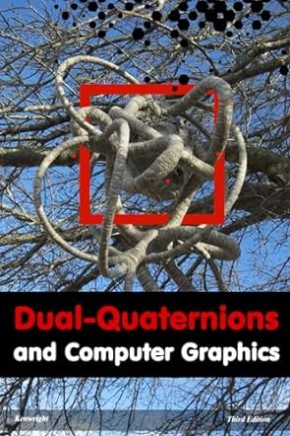
Dual-Quaternions and Computer Graphics
An insightful journey into graphics, "Dual-Quaternions and Computer Graphics" explores its profound influence on the technological evolution. With clarity and enthusiasm, this essential read delivers fresh perspectives and actionable insights that inspire curiosity and spark meaningful progress.



Sarah Johnson
Professional ReviewerI appreciated the way each chapter ended with reflection prompts—it encouraged me to apply what I learned right away.
September 22, 2025